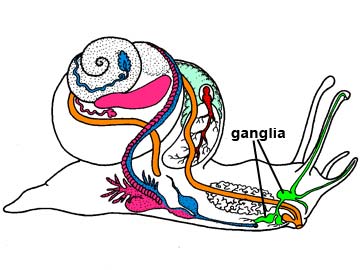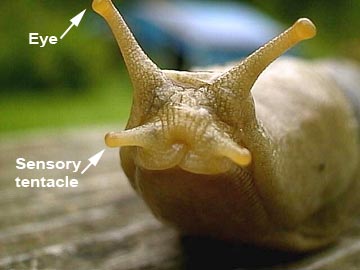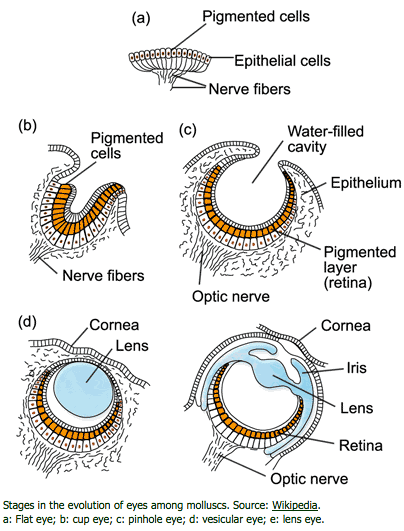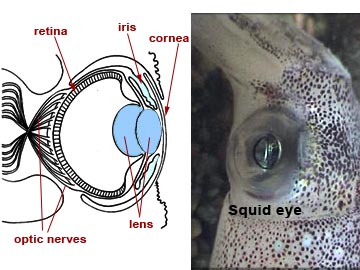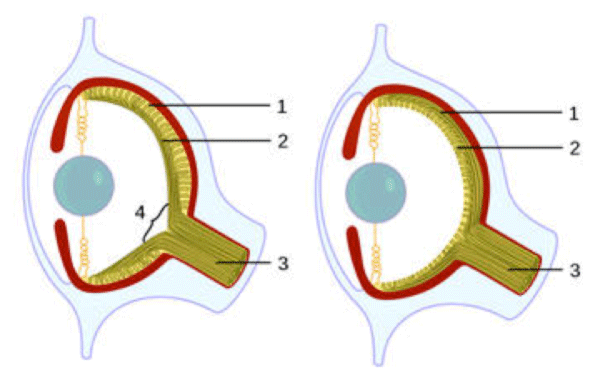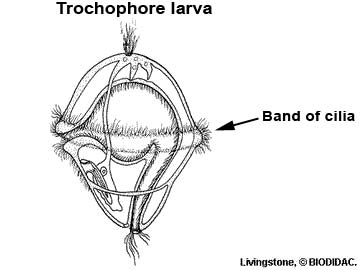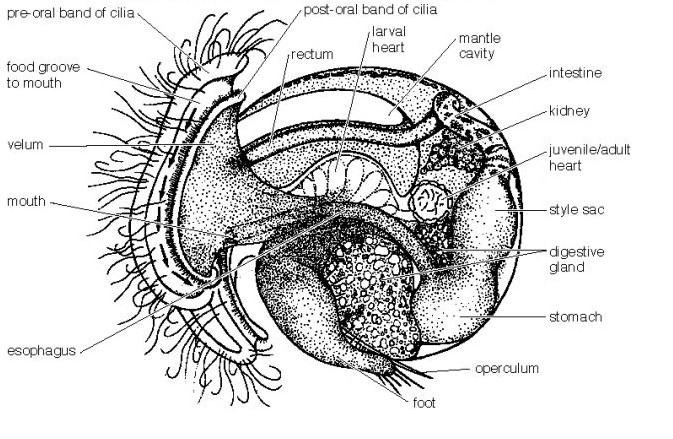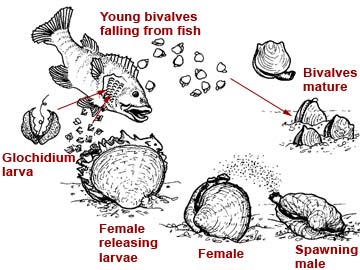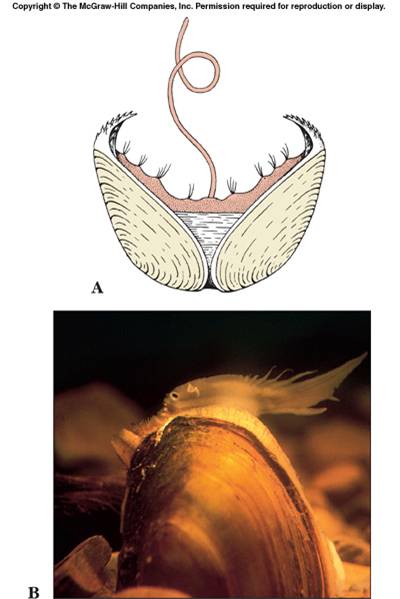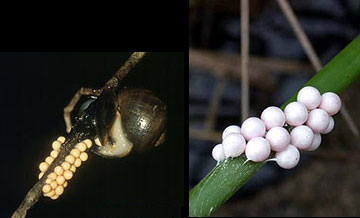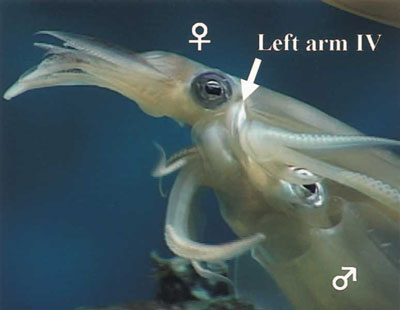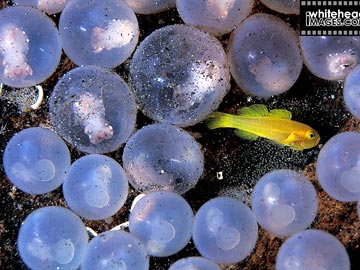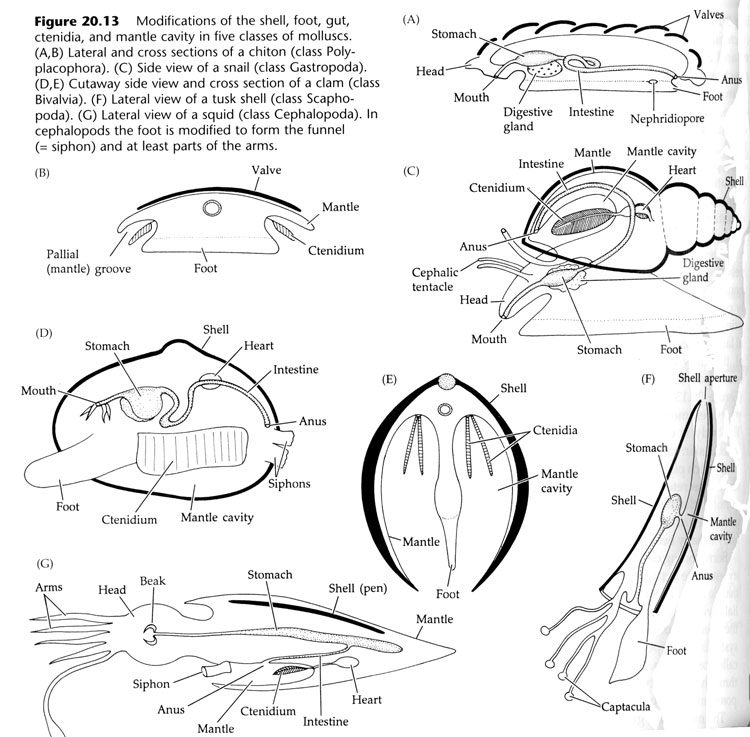The molluscs are a very large and diverse group. Mollusca is the second largest crown clade after Arthropoda. Molluscs probably evolved from a primitive flatworm ancestor. Today, their closest living relatives are the segmented worms.
The molluscs are a very successful group. If success is measured in terms of number of species and variety of habitats to which they have become adapted, then molluscs are one of the three most successful groups in the animal kingdom. Over 160,000 species have been described, of which around 128,000 are living, and about 35,000 are recorded as fossil species.
Most important, molluscs have evolved a distinctive and highly successful body plan that features a mantle, shell, muscular foot, and radula. These features are evident in most contemporary molluscs, but have been highly modified in some groups.
Molluscs are considered coelomates, although the coelom is reduced and represented by the kidneys, gonads, and pericardium, the main body cavity which surrounds the heart.
While studying, view this video and then examine through the following text the common body components of molluscs.
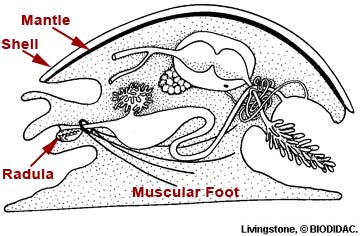

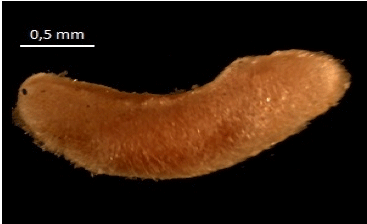

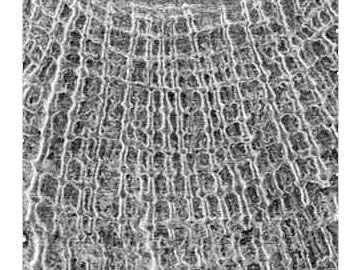
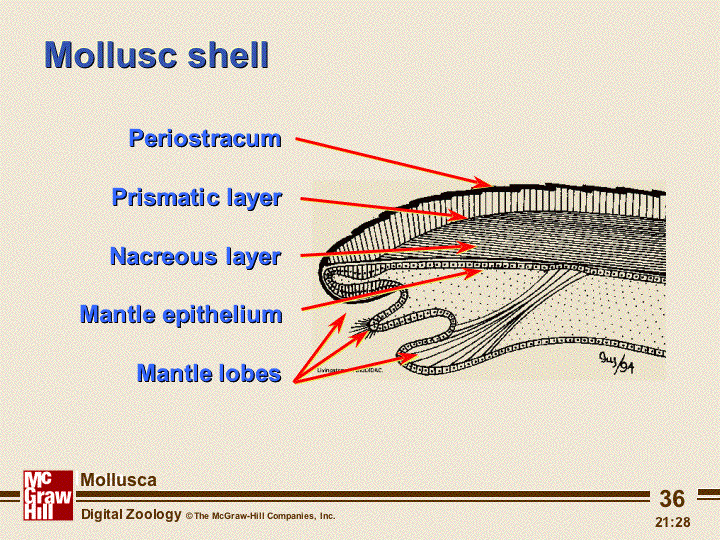

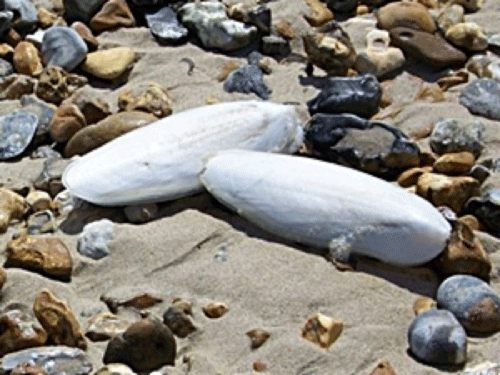 Cuttlebones or reduced internal shells of cuttlefish.
Cuttlebones or reduced internal shells of cuttlefish. 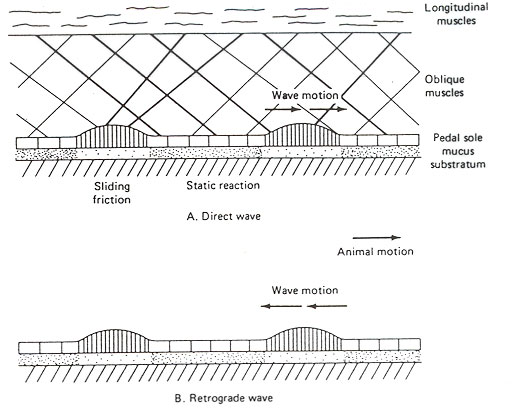
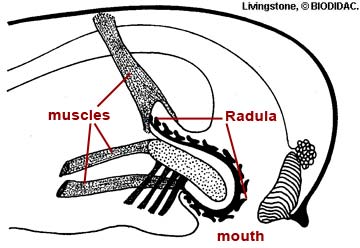

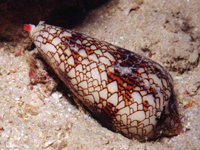
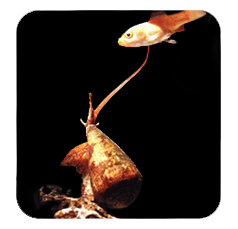
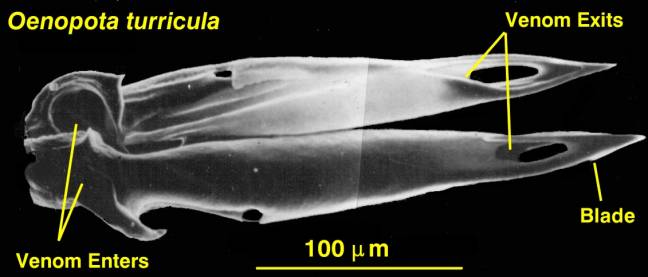
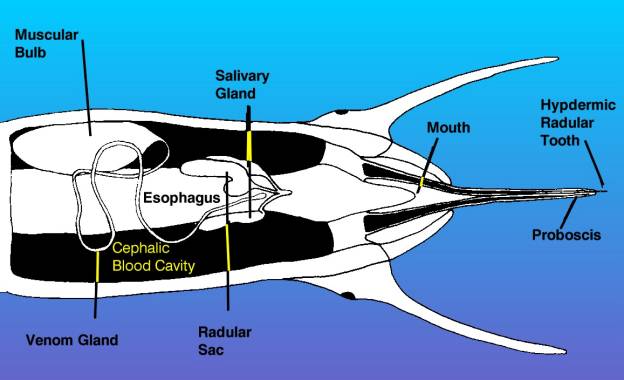
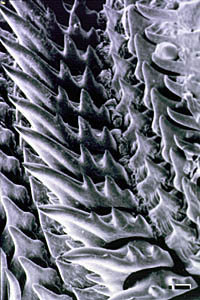
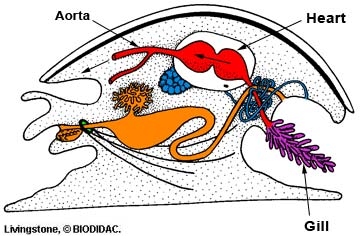
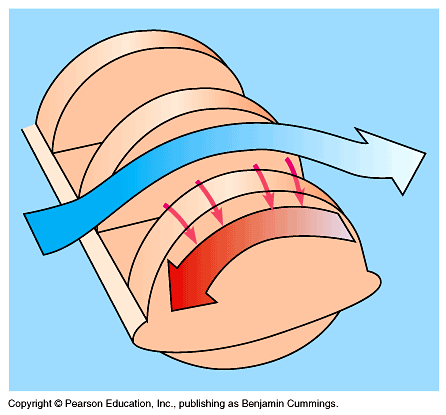
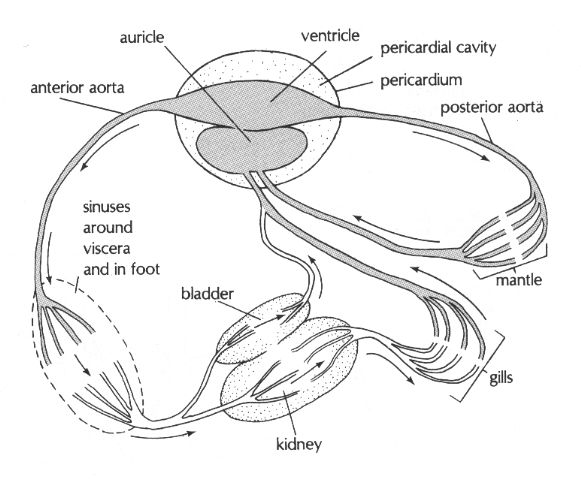
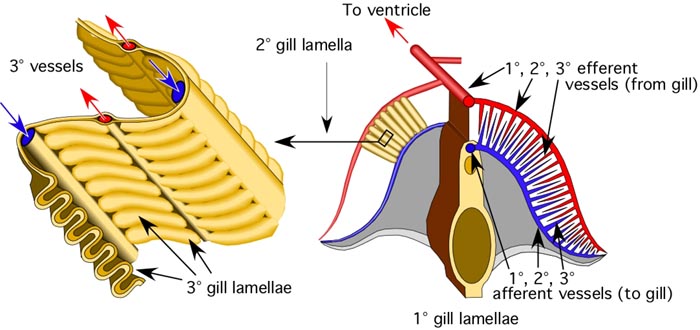
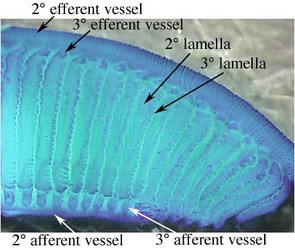

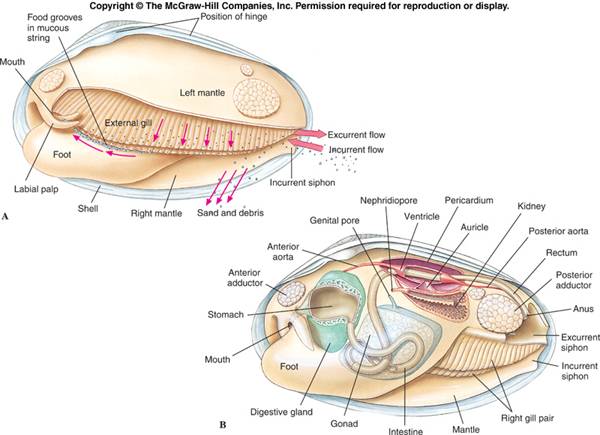
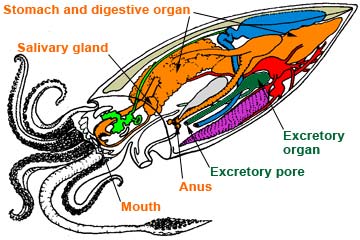
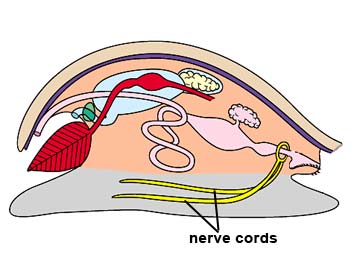 •
• 